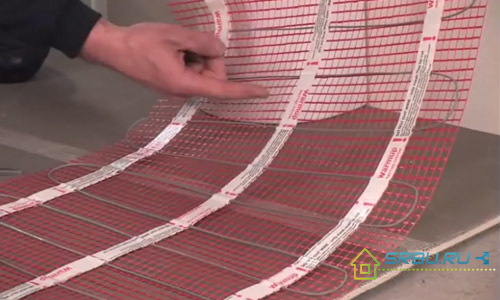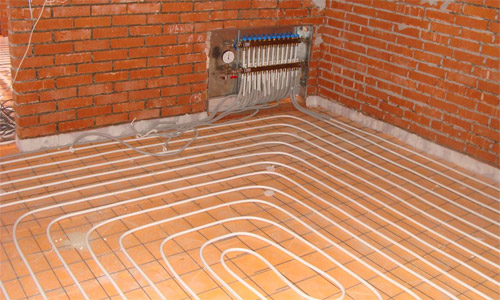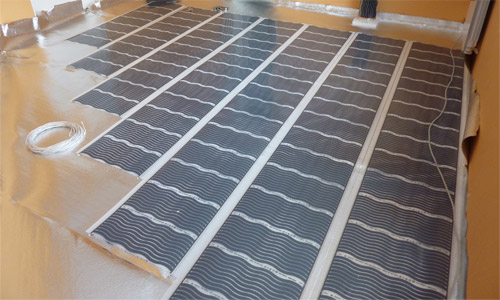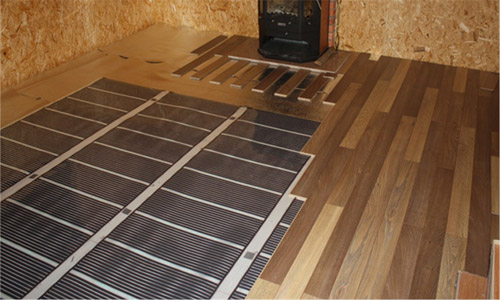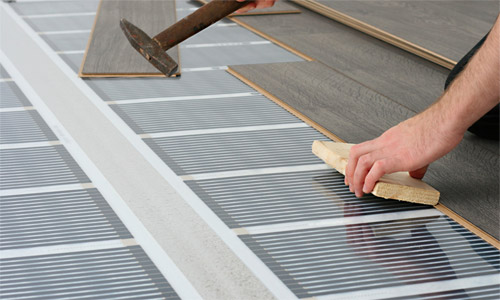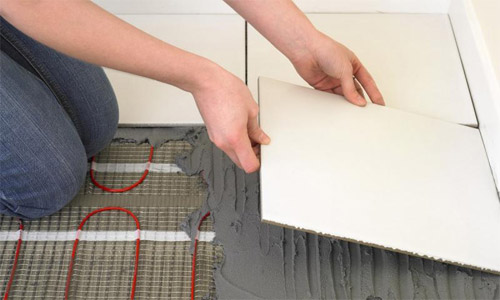A comment
When my husband and I decided to change linoleum in the kitchen, then we thought: should we make underfloor heating?
First of all, we turned to the store to sellers - consultants. But they themselves knew little about this. Then we decided to climb the construction forums on the Internet. And here they were faced with a sharply negative opinion of forum users about laying TP specifically under linoleum.
I summarized their arguments, and this is what happened:
· Linoleum needs high-quality, which means it is very expensive.
· A cheap one can go accordion, swell, change color.
· There should be a special badge on the linoleum for TP (we didn’t find this in our city).
· If the temperature exceeds +28 degrees, then linoleum can emit harmful substances, become soft, etc.
· It is imperative to install a temperature controller for the radiator.
This information did not satisfy me. She began to ring friends and acquaintances.
To be honest - under linoleum, only one family made an electric floor heating. And their opinion was sharply negative. Until they turned on the heating (it was summer) - everything was fine. Everything looked perfect, it was just nice to walk, linoleum lay evenly.
When they began to use heating, problems began. On the surface there were marks from everything - from the legs of furniture, from the toys played by the child, from heels. In some places, linoleum even warped.
As a result, as a friend said, they barely waited for spring to remove and throw away the coating - it was not suitable for further use. They replaced linoleum with tiles - and did not regret it!
Having discussed everything with my husband, we decided to abandon linoleum and take the tile. And did not regret it. Of course, this is only our opinion. Someone has a positive experience. Well, we wrote about our search for the best option for us.
Minuses
Linoleum coating deteriorates faster due to temperature and begins to become more damaged and deformed.
